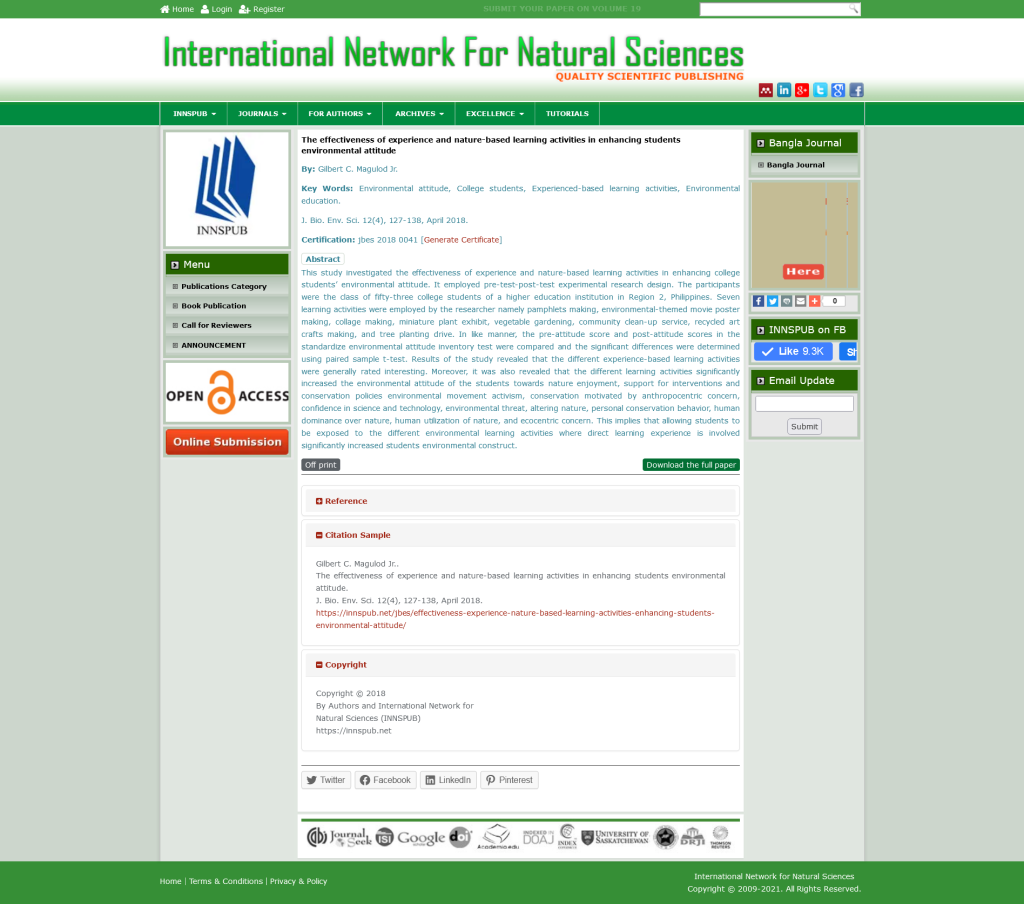
Mr. Gilbert C. Magulod Jr. wrote a research paper entitled “The effectiveness of experience and nature-based learning activities in enhancing student’s environmental attitude” from the Institute of Campus Research and Development Office, Cagayan State University at Lasam, Lasam, Cagayan, Philippines. This research work was published by the Journal of Biodiversity and Environmental Sciences-JBES, under the publication of the International Network for Natural Sciences-INNSPUB, an open access scholarly research journal publishing company. Get some knowledge about this research work.
Abstract
This study investigated the effectiveness of experience and nature-based learning activities in enhancing college students’ environmental attitudes. It employed a pre-test-post-test experimental research design. The participants were the class of fifty-three college students of a higher education institution in Region 2, Philippines.
Seven learning activities were employed by the researcher namely pamphlets making, environmental-themed movie poster making, collage making, miniature plant exhibit, vegetable gardening, community clean-up service, recycled art crafts making, and tree planting drive. In like manner, the pre-attitude score and post-attitude scores in the standardized environmental attitude inventory test were compared and the significant differences were determined using paired sample t-test.
Results of the study revealed that the different experience-based learning activities were generally rated interesting. Moreover, it was also revealed that the different learning activities significantly increased the environmental attitude of the students towards nature enjoyment, support for interventions and conservation policies environmental movement activism, conservation motivated by anthropocentric concern, confidence in science and technology, environmental threat, altering nature, personal conservation behavior, human dominance over nature, human utilization of nature, and eco-centric concern. This implies that allowing students to be exposed to the different environmental learning activities where a direct learning experience is involved significantly increased students’ environmental construct.
Introduction
Education for environmental citizenship has become a fundamental dimension in the curricular organization of any educational community. Undoubtedly, moving towards the construction of environmental citizenship requires a regulatory framework and educational practices that will make this possible (Rios et al, 2017). Curriculum initiatives that will eventually transform students as the vanguard of the environment towards development and sustainable future are the need of 21st-century education.

With the present ecological crises being experienced globally, these are not just the tasks assigned to environmentalists, but it generally involves everyone and people must develop a sympathetic attitude towards diversity and sustainability or resources on earth for the survival and stability of life. The role of educational institutions in developing positive attitudes towards the environment is indispensable. Keles (2017) affirms that educational institutions should take leadership in the process of building knowledge, skills, awareness, values, and sustainable action to achieve the goal of the sustainable earth in order to make the leaders of future generations conscious and critical thinkers about environmental sustainability.
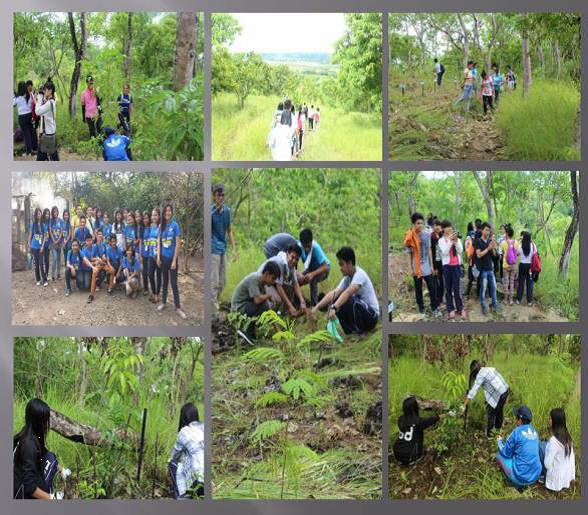
Since most of the theories and applications are predominantly learned at school, the need for learning activities that enhance the environmental attitude of students ensures functional environmental application and significance. Educational institutions need to increase their efforts to educate their students for a sustainable future (NASA, 2010). The students at the center of the education effort should be provided with the adequate learning experience to become active participants for environmental protection. According to Jokinen (2016), these young people are one of the most promising sectors of society.

They can be promoters of change, young as they are because of their natural dynamism and willpower, they can bring a fresh perspective, energy, drive, and a sense of what is possible. Hence, college students in the university, when being educated and informed have a greater opportunity to be involved and take part in addressing environmental concerns. The specific objectives of environmental education can be attained in terms of learners’ awareness, knowledge, value, attitude and skills, and participation in the resolution of environmental problems, issues, and concerns.
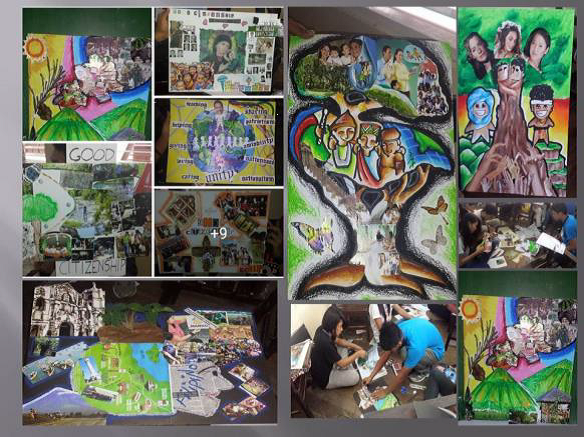
Hence, the learners must consider the environment in its totality- natural and built, technological, social, economic, political, cultural, historical, moral, and aesthetic (Lee & Lee, 2008). Palmer & Neal (1994) noted that the ultimate objective of environmental education is to encourage actions towards the resolution of environmental problems. If environmental education is meant to help students learn and care for the environment, then those responsible for implementing these aims (e.g. teachers) must know the forms of learning experience that encourage and produce active and informed minds. As an identified way to improve students’ environmental behavior in the classroom, the need to employ experience-based teaching strategies is needed. Experience-based learning assumes that learning is based on the engagement and experience of the students where the key element is to observe, analyze and reflect on the real learning environment.
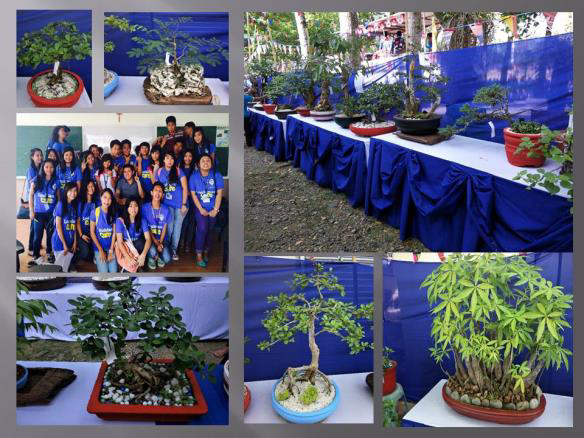
This learning has been proven effective in enhancing the environmental attitude of students. Previous studies conducted by Ballantyne et al (2002) confirm that learning experiences in the natural environment are extremely important in developing students’ environmental knowledge, attitudes, and responsible actions. In like manner, Bradley et al. (1999) and Aydin (2010) state that student participation in environmental programs will make their increase responsibilities of the environmental behavior and think about environmental issues. Consequently, the positive relationship between environmental awareness and attitude has been empirically investigated by numerous researchers. Pe’er et al. (2007) stated that there is a positive relationship between students’ environmental knowledge and attitudes towards the environment.
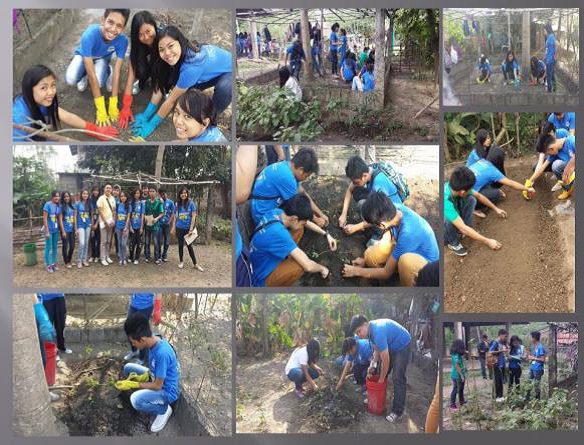
Further affirmed by Magulod (2017) found out that there is a significant relationship between environmental awareness and the attitude of college students. It can be synthesized from previously conducted researches that environmental attitude proves that knowledge and awareness about the environment predict the pro-environment behavior of people across gender, education level, and cultures but there were few studies that have been empirically conducted to assess learning strategies that promote environmental attitudes.
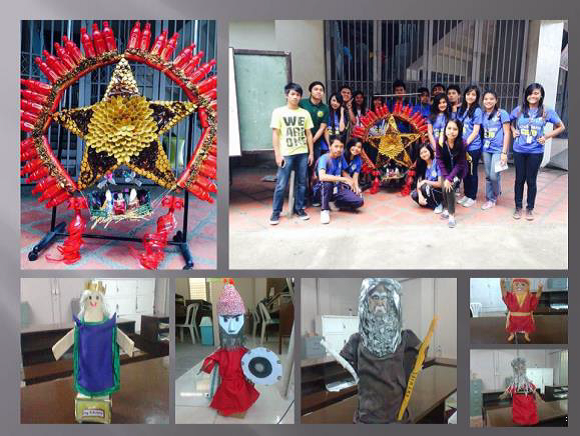
This study aims to provide pedagogical models which can help facilitate a better learning experience for students to enhance their environmental attitude. Hence, this study investigated the effectiveness of experience-based learning activities in enhancing college students’ environmental attitudes.
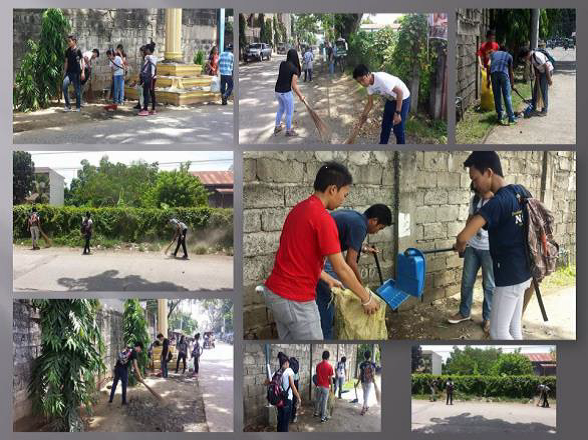
Reference
Aydin F. 2010. “Geography Teacher Candidates’ Views about Environment Problems and Environment Education (Gazi University Case)”, International Online Journal of Educational Sciences 2(3), 818-839.
Ballantyne R, Packer J. 2002. Nature-based excursions: School students’ perceptions of learning in natural environments. International Research in Geographical and Environmental Education 11(3), 218-236.
Bradley JC, Waliczek TM, Zajicek JM. 1999. “Relationship between Environmental Knowledge and Environmental Attitude of High School Students”, The Journal of Environmental Education 30(3), 17-21.
Coertjens L, Pauw JB, Maeyer SD, Petegem PV. 2010. Do schools make a difference in their students’ environmental attitudes and awareness? Evidence from PISA 2006. S. et al. Int J of Sci and Math Educ 8, 497. doi.org/10.1007/s10763-010-9200-0
Jacobson SK, McDuff M, Monroe MC. 2007. Promoting conservation through the arts: outreach for hearts and minds. Conservation Biology 21:7-10. dx.doi.org/10.1111/j.1523-1739.2006.00596.x
Jokinen J. 2016. Field Notes: Youth and the Environment. Retrieved September 8, 2016, from iyfnet.org/sites/default/files/fieldnotes/eniro nment.pdf
Karsch K. 2003. Integrating horticulture biology and coastal issues into the middle school science curriculum. Louisiana Department of Horticulture. Master Thesis University of Lousiana.
Keles O. 2017. Investigation of pre-service Science Teachers’ Attitudes towards Sustainable Environmental Education. Higher Education Studies Vol. 7, No. 3. Canadian Center for Science and Education.
Lee SJ, Lee SC. 2008. National Service Training Program, Resource- Log book 2md edition, pages 23-51. C & E Publishing, Inc., Quezon City, Metro Manila.
Magulod G, Jr C. 2017. Climate change awareness and environmental attitude of College students in one campus of a State University in the Philippines. Journal of Biodiversity and Environmental Sciences (JBES) ISSN: 2220-6663 (Print) 2222-3045 (Online) Vol. 12, No. 2, p. 211-220, 2018.
Marku B, Howard P, King D. 1993. Integrating community service and classroom instruction enhances learning: Results from experience. Education evaluation and policy analysis winter 15(4), 410-419.
Matsuo M, Christina WY, Wong CWY, Kee-hung L. 2008. Experience-based learning of Japanese IT Professionals: A qualitative research. Journal of Strategic Information Systems 17(3), 202-213.
Mc Pherson EG, Rowntree RA. 1993. Energy conservation potential of urban tree planting. Journal of Arboriculture 19(6), 321-331.
Miles M. 2010. Representing the nature: art and climate change. Cultural Geographies 17(1), 19-35. dx/doi.org/10.1177/147-4474009349997.
Milfont TL, Duckitt J. 2010. The environmental attitudes inventory: a valid and reliable measure to assess the structure of environmental attitudes. Journal of Environmental Psychology, Elsevier 30, 80-94.
Nasa N. 2010. Environmental knowledge, attitude, and practices of student teachers. Journal International Research in Geographical and Environmental Education 19, 2010- Issue 1. Retrieved tandfonline.com/doi/abs/10. 1080/10382040903545534
Palmer J, Neal P. 1994. The Handbook of Environmental Education, Routledge, 1994.
Pe’er S, Goldman D, Yavetz B. 2007. “Environmental Literacy in Teacher Training: Attitudes, Knowledge, and Environmental Behavior of Beginning Students”, The Journal of Environmental Education 39(1), 45-59.
Poza-Vilches MF, Gutiérrez-Pérez J, López-Alcarria A. 2016. Greening Spanish primary schools: students and teachers attitudes to centers committed to sustainability. SHS Web of Conferences 26, 01043.
Rios AO, Llorente MTP, Viches MFP. 2017. Pro-environmental attitudes and teaching practice in Secondary Schools located in natural protected areas from the perception of students: the case of Níjar Fields (Almería -Spain). Elsevier, Procedia – Social and Behavioral Sciences 237 (2017), 1112 – 1118.
Rosenthal AT. 2003. Teaching systems thinking and practice through environmental art. Ethics and the Environment 8(1), 153-168.
dx.doi.org/ 10.1353/een.2003.0013
Schultz PW, Oskamp S, Mainieri T. 2005. Values and their relationship to environmental concern and conservation behavior, J. Cross-Cultural Psychology 36, 457-475.
Tyrvainen L, Pauleit S, Seeland K, de Veries S. 2005. Benefits and uses of urban forests and trees.
Waliczek T, Zajicek J. 1989. School gardening: improving environmental attitude. Journal of Environmental Horticulture 14(4), 180-184.
Young CF, Young JA. 2010. Developing effective brochures for increasing knowledge of environmental problems: The case of the Gypsy Moth. The Journal of Environmental Education 25, 27-34.


Pingback: Review Paper on Biochar as a soil amendment and bioremediation tool in agricultural management | JBES 2020 | International Network for Natural Sciences - Blog Site